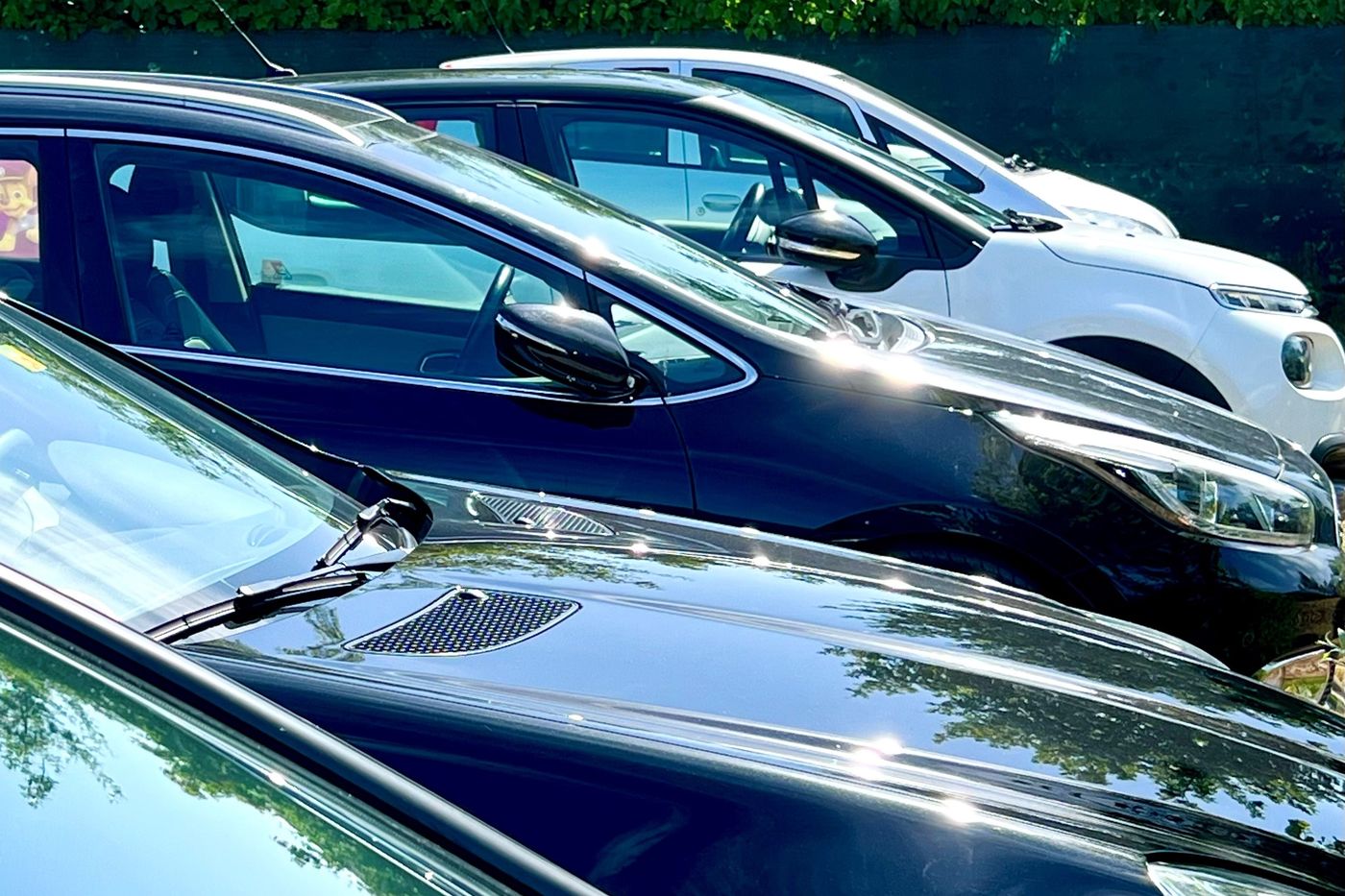Heat in the car: danger for humans and animals
ADVICE The current high temperatures quickly lead to excessive heat in the car, which can be dangerous for people and animals. The TCS provides tips on the subject of heat and cars for combustion and electric vehicles.

Many people don't think about the fact that after just a few minutes in the scorching sun, it can become extremely hot in the car and critical for people and animals. If you leave a car in the blazing sun, it can heat up to 50 degrees Celsius after just a few minutes. Outside temperature fluctuations and changing solar radiation can additionally heat up a vehicle. Staying in the car becomes dangerous from 40 degrees Celsius.
Sunscreen films help
Various TCS tests have shown that, in addition to parking in the shade, sun protection films in particular have a positive influence on the temperatures measured in the car. For example, vehicles parked in the sun for an hour without sun protection film measured 77 degrees Celsius on the dashboard, while the temperature was up to 40 degrees lower in vehicles with sun protection film.
Contrary to popular belief that the color of the car's paint has a major influence on the interior temperature, tests showed that the difference is minimal. Although dark cars heat up faster than light ones in the first 20 minutes, the final temperature differs by only a few degrees Celsius.
Do open panes make sense?
Slightly opened window panes fail to have the hoped-for cooling effect. In the test, a difference of only 2 degrees Celsius was measured over a period of 30 minutes. When driving, however, completely open windows contribute significantly to cooling the interior within a short time. The difference between an air-conditioned interior and the outside temperature should not exceed 6 degrees. Larger temperature differences can stress the organism and also lead to a cold.
Do not leave in the car
Stops in closed vehicles that are not cooled and exposed to direct sunlight should be avoided. Children and animals should also not be left behind for short stops. For the batteries of electric vehicles, on the other hand, the high temperatures do not pose a safety risk, as the batteries in the underbody are never exposed to direct sunlight. The range of electric vehicles is only reduced due to the running air conditioning.









